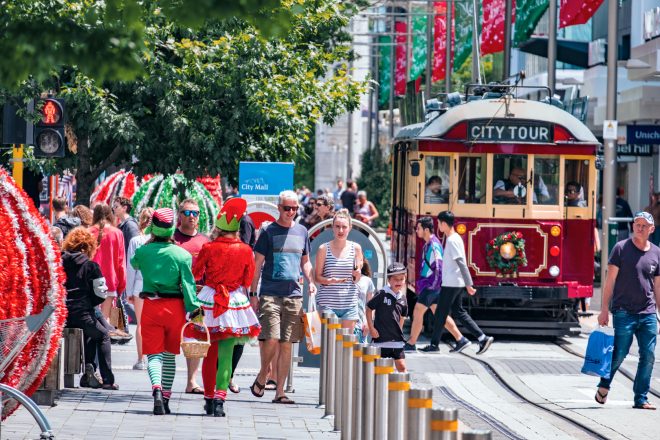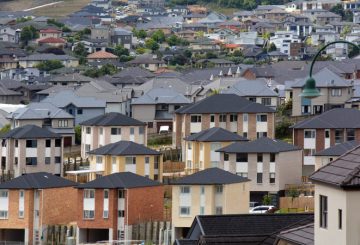Spending on groceries, furniture and electronics boosted New Zealand’s December 2020 sales compared with December 2019, but accommodation and fuel spending were low, the country’s statistics department Stats NZ said on Tuesday.
Total retail card spending rose 3.5 percent in December 2020, up 250 million New Zealand dollars (178 million U.S. dollars), compared with the same period in 2019, Stats NZ said.
For the December 2020 quarter, actual retail card spending using electronic cards was 20 billion NZ dollars, up 4.3 percent compared with the December 2019 quarter, statistics showed.
Retail spending rose in four of the six industries in December 2020 compared with December 2019, with higher sales of groceries and liquor and long-lasting goods such as furniture, hardware and appliances, it said.
In actual terms, spending on groceries and liquor had the largest retail industry rise, up 7.5 percent, according to Stats NZ.
“The continued spending on groceries and liquor coincides with the first month of the summer holidays,” retail statistics manager Craig Liken said in a statement.
“The boost in furniture and electrical goods such as cell phones and laptops reflects Kiwis spending on Christmas gifts and during Boxing Day sales,” Liken said.
Despite a significant lull in April and May due to lockdown restrictions, annual card spending on durables, long-lasting goods such as furniture, hardware, and appliances, was up 5 percent, Stats NZ said.
Spending on hotels, motels, and other accommodations was down 32 percent, it said.
“Low spending on accommodation coincides with the lack of international tourists because of COVID-19 travel restrictions,” Liken said.
In contrast, spending on eating out was up 1.8 percent compared with the same time last year, Stats NZ said.
“Kiwis unable to travel internationally during the summer holidays has resulted in domestic tourism and has seen the lift in spending on eating out,” Liken said.
Fuel industry spending was down 12 percent, he said, adding fuel spending has been low since the lockdown in April compared with the same time last year, mainly due to lower fuel prices.
Total annual retail card spending for the 2020 calendar year was 68 billion NZ dollars, which was down 0.2 percent from 2019, statistics showed.
“While total spending is similar to 2019, spending patterns have changed, with less spending on hospitality and fuel, and more on groceries, furniture, and electronics,” Liken said.
Spending on groceries, furniture, and electrical and hardware goods drove the overall increase in December 2020 quarter spending, he said.





























































